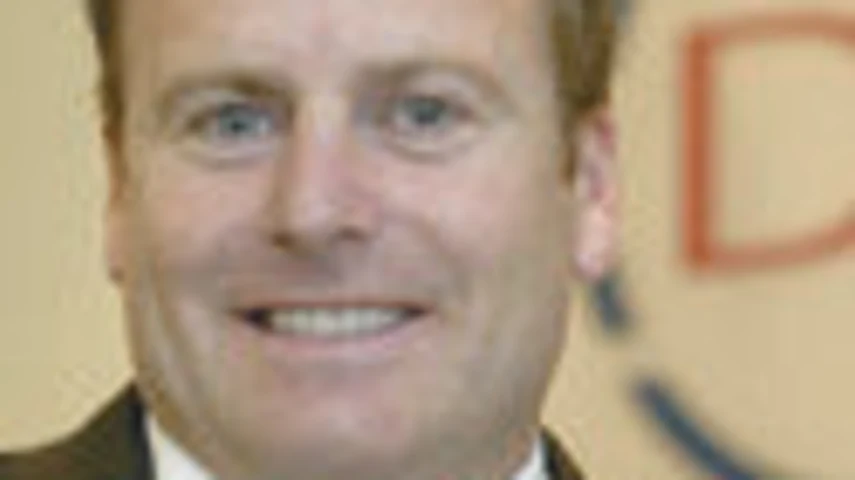ASIC canvasses opinions on research



The Australian Securities and Investments Commission (ASIC) has turned its attention to the inner workings of the investment research industry, including research houses’ remuneration relationships with fund managers and the quality of research being produced.
Treasury has confirmed to Money Management that ASIC has recently been in discussions with research houses and a number of their ‘user groups’, including financial advisers.
Treasury said ASIC had looked into “key issues such as business models, conflicts of interest, disclosure/transparency and the quality of research”. The regulator is now considering “what measures (if any) it should put in place as a result of this work”.
ASIC has expressed its concerns about pay-for-ratings research models in the past. During the Ripoll Inquiry, ASIC recommended the Government consider whether fees paid by product manufacturers to research houses should be reviewed. This practice “creates an obvious conflict of interest and has the potential to distort the quality of research reports often used by advisers in making product recommendations to clients”, ASIC said.
The regulator suggested a “user-pays model for research house remuneration might help improve the quality of the research used by advisers”.
ASIC is likely to have encountered a wide range of opinions on this topic during its recent investigations. At one end of the spectrum are research clients such as DKN chief executive Phil Butterworth (pictured) and Professional Investment Holdings (PIH) managing director Grahame Evans, who firmly believe any conflicts of interest in a pay-for-ratings model can and are being adequately managed – at least by the now-market-leading research house Lonsec.
Neither Butterworth nor Evans would like to see fund manager subsidisation of the research process legislated against. Evans believes this would unnecessarily place more financial pressure on advisers’ businesses and, ultimately, consumers. Butterworth argued that product manufacturers should share the cost of the research process with advisers.
“From a commercial point of view, fund managers are as much a user of research as a dealer group, so they have a responsibility for paying for their role in that,” Butterworth said.
At the other end of the spectrum are those including Matrix Planning Solutions managing director Rick Di Cristoforo and Australian Unity head of financial planning Craig Meldrum. They believe it’s time for the industry to move to a purely subscriber-pays model, a move which would remove any real or perceived conflict of interest and increase the confidence of both advisers and clients.
Both Di Cristoforo and Meldrum believe advisers should be willing to pay for a service their recommendations lean so heavily on.
“It is intellectual property – if you want it, you should pay for it,” Di Cristoforo said.
RI Advice Group chief executive, Paul Campbell, said while he doesn’t believe the pay-for-ratings model necessarily leads to conflicts of interest or a poorer quality of research, committing to a subscriber-pays model removes any question of those concerns.
“I think it does raise questions when you see where the research is being paid from. We’ve removed that conflict,” Campbell said.
“I wouldn’t stand here and say the research is unequivocally better as a result. But I think advisers need to know that the researcher is acting in their best interests and not anyone else’s.”
Recommended for you
Unregistered managed investment scheme operator Chris Marco has been sentenced after being found guilty of 43 fraud charges, receiving the highest sentence imposed by an Australian court regarding an ASIC criminal investigation.
ASIC has cancelled the AFSL of Sydney-based Arrumar Private after it failed to comply with the conditions of its licence.
Two investment advisory research houses have announced a merger to form a combined entity under the name Delta Portfolios.
The top five licensees are demonstrating a “strong recovery” from losses in the first half of the year, and the gap is narrowing between their respective adviser numbers.











